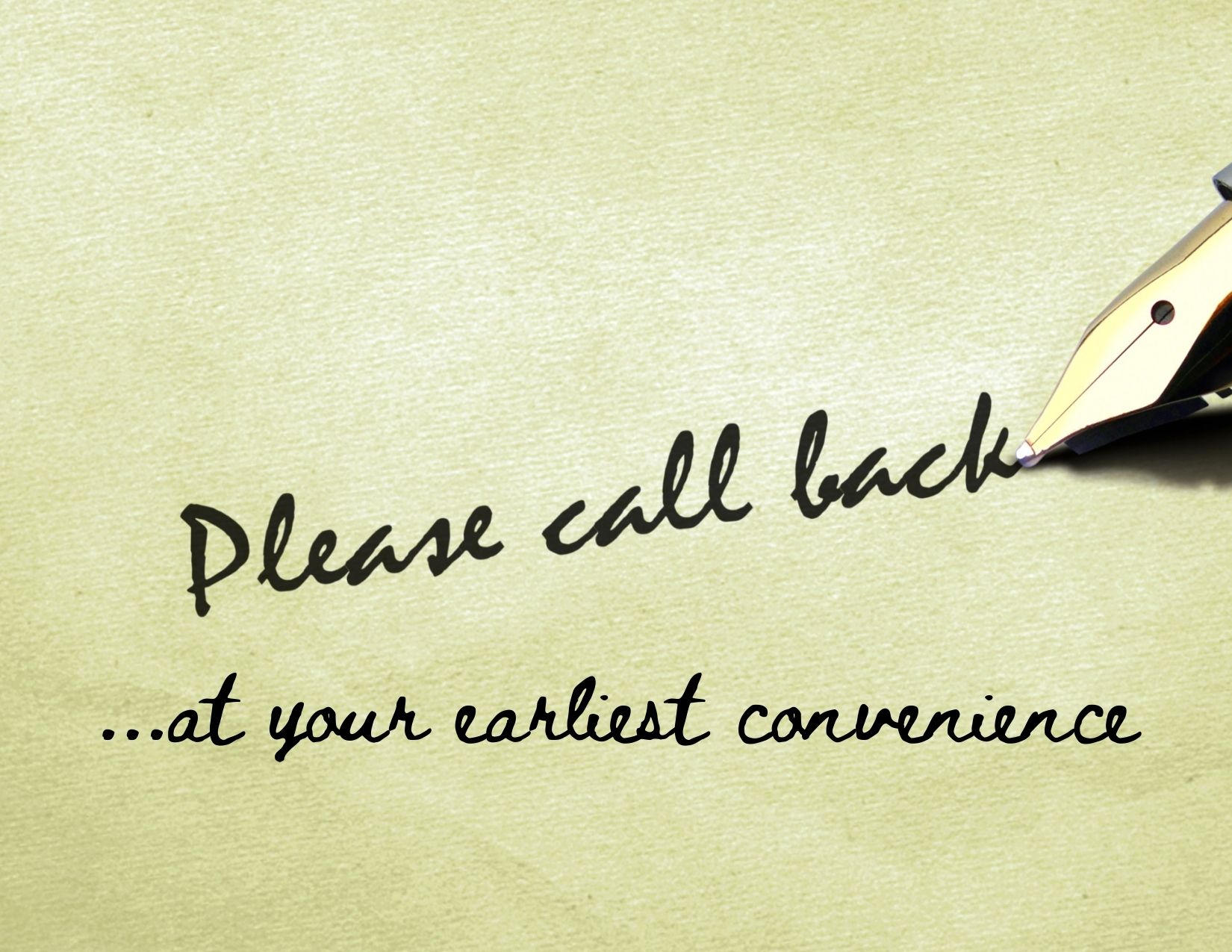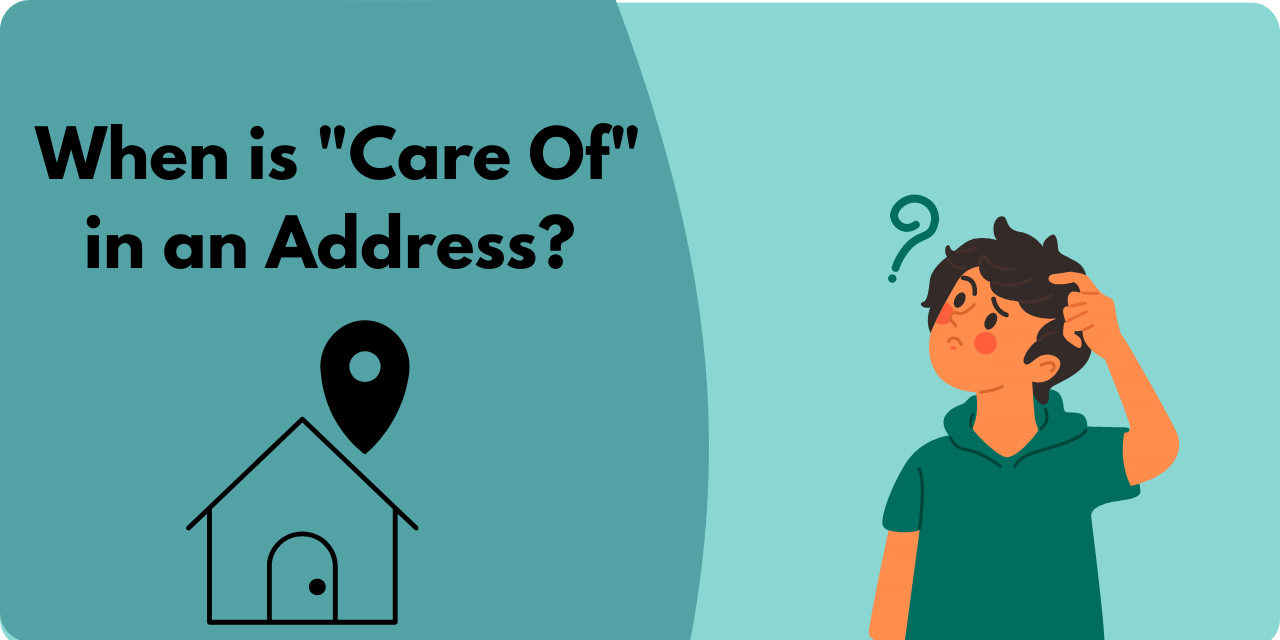There was a time when “To Whom It May Concern” was the most common way to address business professionals. It was the pre-internet era and information on specific employees at the company was not as widely available.
Things have changed as technology has evolved and people are more connected than ever. Here, we discuss whether “To Whom It May Concern” is still valid today, what some alternatives to this greeting might be, and if there are any cases in which it is still acceptable.
“To Whom It May Concern” – Is This Still Used?
There aren’t too many reasons left to use “To Whom It May Concern” in correspondence, be it an email or a letter. However, there are certainly some very good reasons not to use it.
To start with, the phrase feels stuffy and antiquated. (It doesn’t take much to conjure up an image of writing with a quill by candlelight, does it?) It is reminiscent of the days when business correspondence demanded a much more formal tone. However, today’s business culture calls for a more natural and conversational style.
Starting a letter/email with “To Whom It May Concern” can be perceived as a sense of laziness on the sender’s part. Is it really that difficult to find out who the message concerns, or is it more that you don’t want to take the time to do some research to find out? You don’t want your “To Whom It May Concern” to convey a lack of concern on your part.
As a final takeaway, there are definitely better ways to address a colleague or group of people!
Alternative Greetings to “To Whom It May Concern”:
There are many solutions to finding another salutation. Here are a few alternatives:
Dear [Recipient’s Name],
With the entirety of the internet at your disposal (including LinkedIn), it shouldn’t be too difficult to find the name of the relevant person.
Doing some research can go a long way. Even if your message ends up being passed around, the care you showed by seeking out a specific person is likely to be noted.
If you are dealing with a less formal relationship, you may want to include only the recipient’s first name. In a more formal relationship, it is customary to use the recipient’s last name as well.
Using a title like Mr. or Mrs., or “Dear Sir/Dear Madam”, could be useful when you are writing formally. If your recipient doesn’t follow gender normalities, you can also use titles such as mx if they prefer.
If your research comes up empty, you can always go “old school” and pick up the phone. There is no need to treat this as a secret reconnaissance mission – you can simply ask something to the effect of:
“Hello. I am applying for the Office Manager position and would like to personalize my cover letter. Could you please tell me the name of the person in charge of talent acquisition for that position?”
Dear [Department or Role]
If you’re not able to find the individual’s name, another alternative to “To Whom It May Concern” is to broaden your salutation and reference a specific department or a person’s role—for example:
- Dear Hiring Manager
- Dear Hiring Team
- Dear Recruiter
- Dear Recruiting Manager
- Dear Recruiting Team
- Dear HR Manager
- Dear Human Resources
Although a specific name is always better, seeing how a manager will probably just glance at your resume briefly, it’s not the worst of crimes. For instance, if you do have the name of the hiring manager, it would probably be best to address them by that.
If you are messaging through a group or organization, such as a company website, it is often best to be broad in your greeting. Just make sure that you have a winning cover letter!
“Greetings”, “Hello”
If your message is not specific to a particular person or could be read by multiple people, a simple “hello” might just do the trick. However, “hello” and “greetings” are less formal than the previous options, so perhaps keep them out of cover letters, job applications, and formal business letters.
Other Generic Greetings
In addition to using “hello” or “greetings”, there are plenty of other ways to create a point of contact. In fact, if you are messaging someone for the first time, using a generic greeting can ensure that you don’t make any mistakes in addressing them!
Some examples of generic greetings include:
- Good day
- Good morning
- Good evening
When is OK to Use “To Whom It May Concern?”
In general, it is ok to use this salutation when the correspondence is formal and there is no specific department or addressee. For example, “To Whom It May Concern” is appropriate in a:
- Letter of Introduction
- Letter of Interest
- Reference
- Letter of Recommendation
If you do use “To Whom It May Concern,” make sure to capitalize the first letter of each word, follow it with a colon, and double space before the body of the letter:
To Whom It May Concern:
I am writing to enquire about your delivery options.
In summary, if your message really does concern everyone or anyone, you can use “To Whom It May Concern.” Otherwise, it’s best to address your message to a specific person/department.







